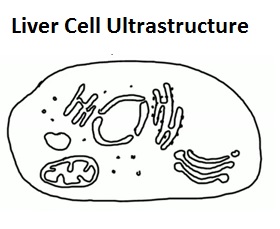Cells: Activities for Learning
These learning activities cover all of the understandings and skills in the IB guide for this topic. Lesson plans include resources to use on an interactive whiteboard and worksheets to print. There is a mix of laboratory work, theory lessons, and assessment materials with model answers.
Cells planning 1.1 Introduction to cellsThis simple sheet sets out the learning objectives, essential questions and some ideas for assessment for the following activities. | |
Cell Theory InvestigationTime: 1h A practical Biology lesson that will illustrate the discovery of cells in the history of Biology and teach students how to use microscopes to measure the cell sizes. | |
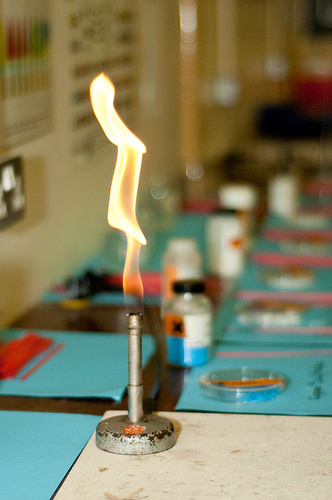 | Measuring size in Biology - units and the size of cell componentsTime: 0.5h How many µm make a mm? This activity gives students clear examples of biological objects to cover sizes from 1mm to 1nm. Students watch a short video clip, investigate a visual biological data base using a slider and make a display which illustrate the huge range of sizes between tiny fleas and the miniscule molecules. |
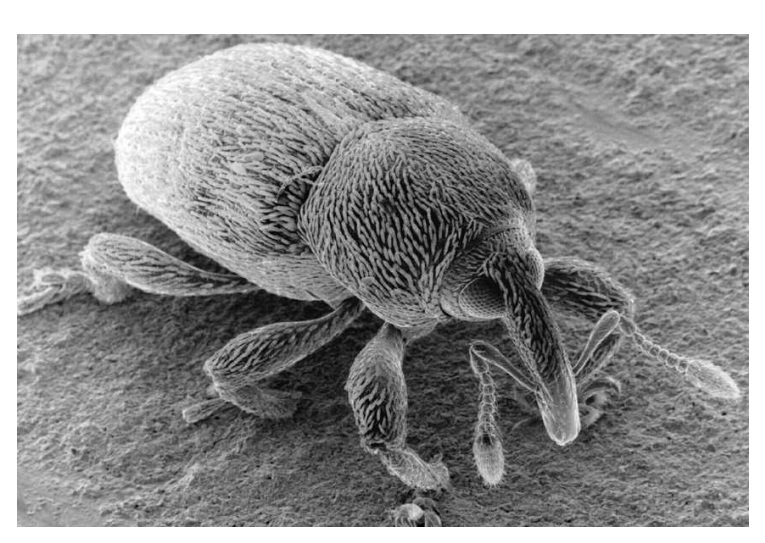 | Calculating Magnification and SizeTime: 1h Student activities to illustrate the sizes of different cell components and to show students how to calculate cell sizes from electron micrographs. The lesson incorporates an online magnification animation and a downloadable worksheet. |
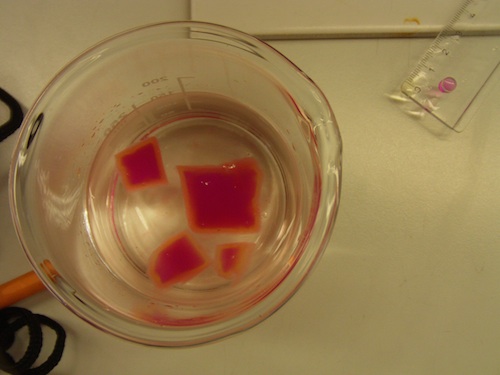 | SA to Volume practical activityTime: 1h A practical laboratory in which students can visualise diffusion into blocks of different sizes. This will teach students some essential skills for internal assessment, and illustrate the concept of surface area to volume ratio. |
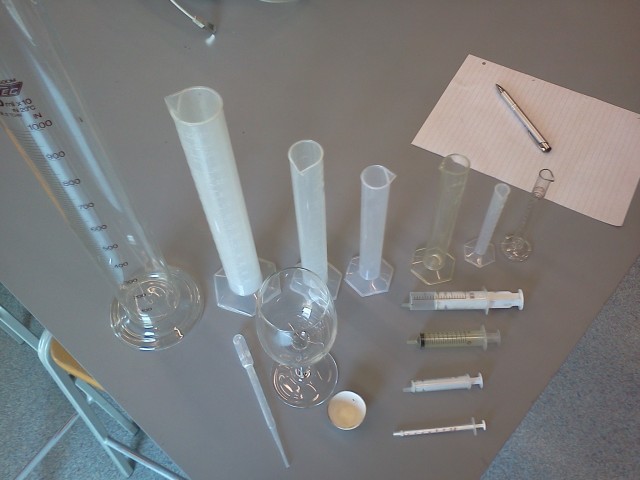 | Measuring Equipment - IA skills trainingTime: 1h There are some important new skills to learn in IB Biology when it comes to the simple skill of measuring. Professional biologists and IB students are expected to know how precise their measurements are. This series of short experiments illustrates SI units and the skills a student needs to achieve high grades in data collection and processing. |
 | Critical Thinking about stem cellsTime: 1-2h This lesson plan contains a range of ides for activities to encourage students to engage with the ethical issues which surround the use of stem cells and therapeutic cloning. |
Ultrastructure of cells - planning sheetThis simple sheet sets out the learning objectives, essential questions and some ideas for assessment for the following activities. | |
| Eukaryotic Cell UltrastructureTime: 1h Students will learn how to draw and label a diagram of the ultrastructure of a liver cell as an example of an animal cell. Using a webcast and revision flashcards the teacher has more freedom to assist students individually. |
 | Prokaryote cell structure & functionTime: 1h Students learn how to draw and label a diagram of the ultrastructure of Escherichia coli (E. coli) as an example of a prokaryote. Using a webcast and revision flashcards the teacher has more freedom to assist students individually.. |
Mobile phone bacteria experimentTime: 1h Students takes samples from their mobiles phones and grow prokaryote colonies on agar plates. They investigate the hypothesis that mobiles phones harbour colonies of prokaryotes, and that touch screen smartphones are more hygienic than phones with buttons? This activity is combined with a 'webquest' to perfect prokaryote diagrams. | |
Cell Types Detective ActivityTime: 1h A Problem Based Learning activity - to challenge students to compare different types of cells and to outline differences between plant and animal eukaryote cells and prokaryote cells. | |
Membrane Structure and Transport - planning sheetThis simple sheet sets out the learning objectives, essential questions and some ideas for assessment for the following activities. | |
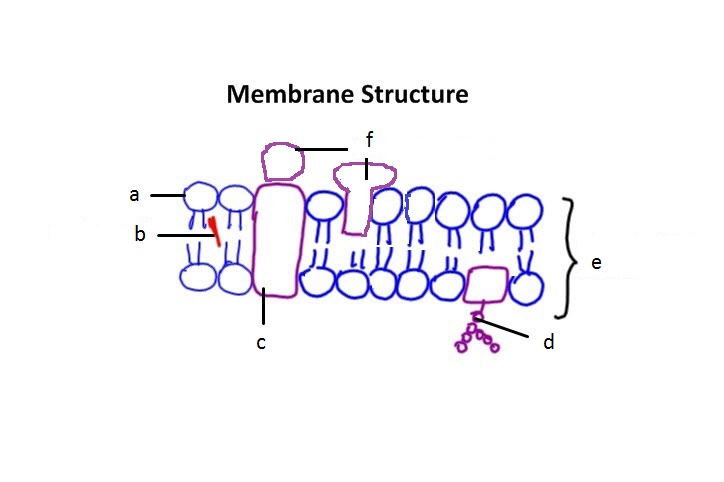 | Membrane Structure and functionTime: 1h Students will learn how to draw and label a diagram of the fluid mosaic model of membranes. Using a webcast and revision flashcards the teacher has more freedom to assist students individually. |
.png) | Falsification of membrane structuresTime: 1h The accepted model of membrane structure today is the fluid-mosaic model but this has not always been so. The evidence has supported, step by step, a succession of new models each a little closer to the real structure of membranes in nature. The story of this progress illustrates many ideas about the nature of science, especially those connected with exploration and discovery. |
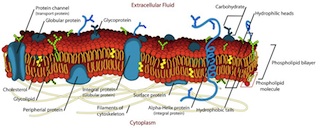 | Further Membrane StructureTime: 1h In this activity students see for themselves the wonderful interactions which occur inside cells and between cells using a wonderful short animation from Harvard university. The roles of some membrane proteins are clarified as well as the function of cholesterol in the cell membrane. |
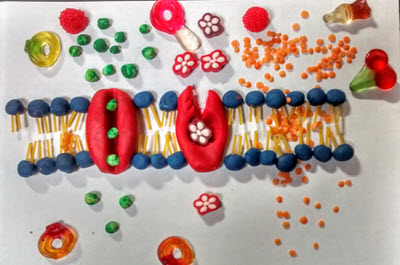 | Time: 1h Using all that we know about molecules and about the structure of the cell membranes students are challenged to illustrate the transport of four very different molecules through the membrane using play-doh, spaghetti, food and sweets. Protein pumps, protein channels, and the phospholipid bilayer are central to the story. |
Membrane Permeability ExperimentTime: 1h This experiment is a good first assessment of the new analysis criteria. Students measure the diffusion of pigments out of beetroot cells. By increasing the temperature of the heat treatment the leakage through the plasma membrane changes. The intensity of the colour of the leaked betalin pigments can be measured using a colorimeter. | |
Onion cell plasmolysis experimentTime: 1h Students use skills learned earlier in the topic to prepare slides of onion cells, collect data in different solute concentrations, and use a scatter graph of the results to identify the concentration for 50% plasmolysis in each type of onion. This is good introduction to data processing and data analysis questions in IB exams. | |
The origin of cells and cell division - planning sheetThis simple sheet sets out the learning objectives, essential questions and some ideas for assessment for the following activities. | |
Mitosis and the Cell CycleTime: 1h Mitosis is a miraculous process. In the making of the three trillion cells of our bodies it manages to faithfully share the chromosomes equally between the daughter cells. This lesson focuses on the key details which help students achieve high marks in exams and the activities help students to make sense of these details in the context of the whole process of mitosis. | |
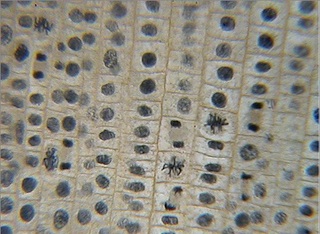 | Mitotic index & cancerTime: 1h This is a great online activity. Students are first guided through the identification of cells in different stages of mitosis using an online simulation. Once they are confidence students count and record the number of cells undergoing mitosis and those which aren't in a range of cell samples. They count the cells, calculate the mitotic index and use this as a prognostic tool to answer some questions. |
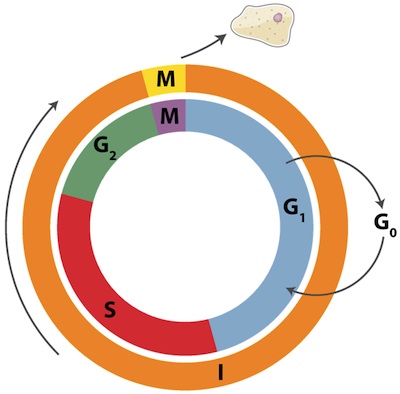 | Control of cell cycle & cancerTime: 1h The control of the cell cycle is essential for the normal functioning of the body. Cyclins have a key role in this control. Oncogenes have the opposite effect and effectively remove the control of the cell cycle and the cells divides to form a tumor. This activity introduces students to these concepts without getting too complicated. |

 IB Docs (2) Team
IB Docs (2) Team

